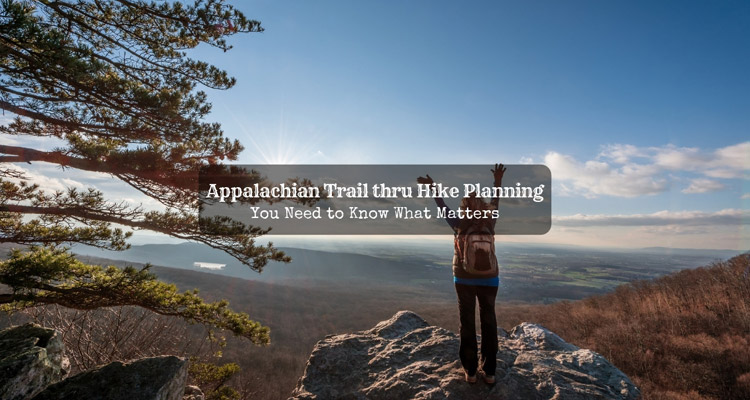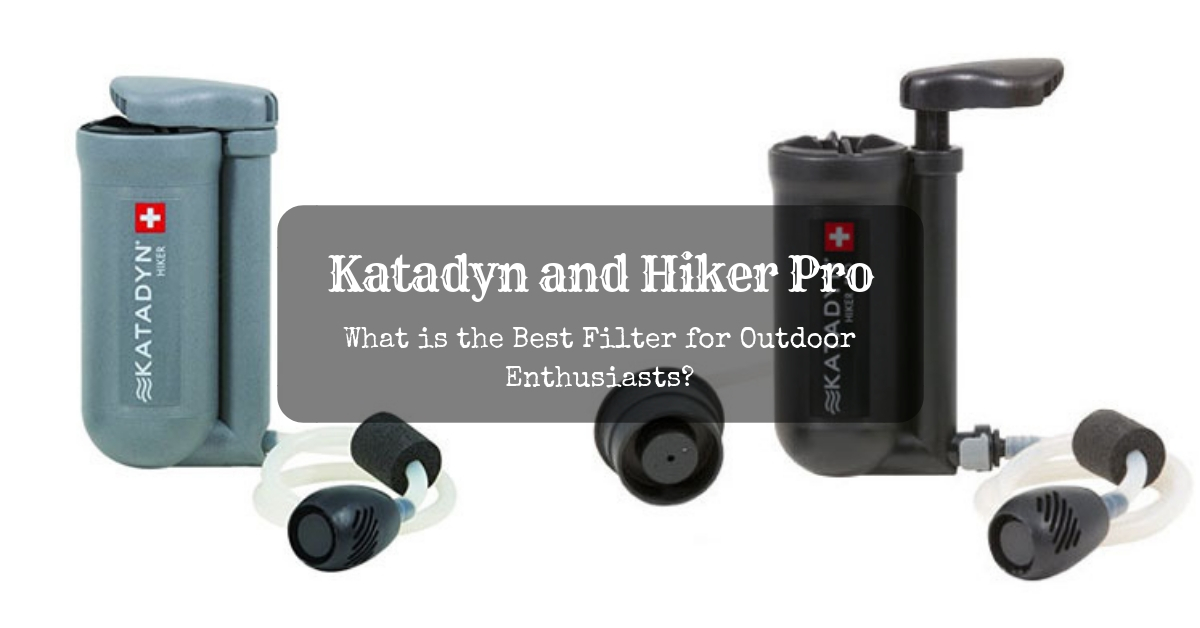It’s been years since my first hike. From then on, I have met friends, tracked nearby trails and gained the skills and experience that any backpacker should have. Yet, my heart never stops longing for more. That’s when I joined my group for another epic adventure.
Are you ready to tread on the famous Appalachian Trail? The trip won’t be easy, but conquering it sure is worth every sweat and penny I’ve saved. If by any chance, you are planning to go, let me share with you some facts on Appalachian Trail thru-hike planning.
I did it, I’ve been there!
More...
The Appalachian Trail (AT)
What exactly is so interesting with Appalachian Trail? If you are a dedicated hiker that is up for a challenge, longs for fun and adventure, I am sure the Appalachian Trail is in your bucket list. This footpath covers 14 states in the US, from Maine in North and Georgia in the Southern part. The Appalachian Mountains is a famous hiking terrain worldwide.
Imagine yourself hiking an estimate of 3,500 kilometers along with other hiking enthusiasts. Per the annual record, millions of hikers dare to reach the other end of the trail, but only thousands succeed (including me!). The fastest AT completion is 45 days.
Top three of My Memorable Appalachian Spots
The Appalachian Trail is awesome overall, but I have some favorite spots that I long to go back to someday. These tracks gave impact to the nature loving, adventurous and romantic me.
1. 100-Mile Wilderness, Maine
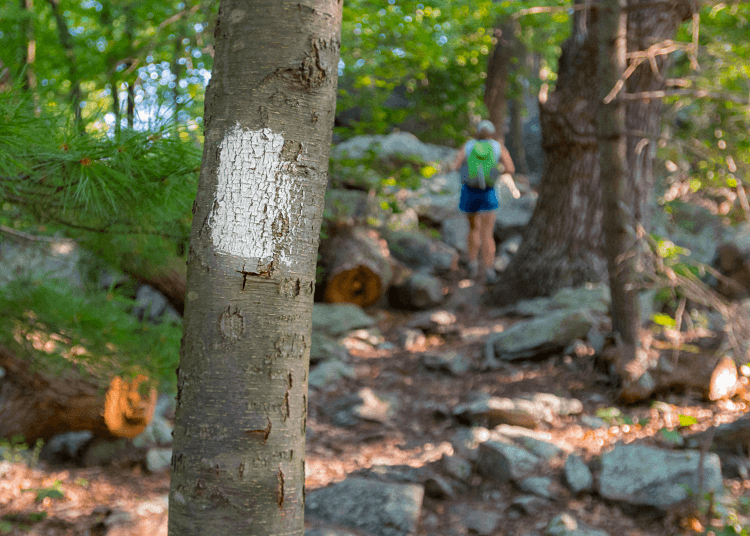
It’s in this part of the trail where I caught my first fish. It’s not because it gave me a memory that is worth keeping, but it offers an unlimited supply of fish for our meals as we move and pass along streams, lakes, and rivers. If you love swimming and fishing, you will not mind packing fishing gears at all.
Do not forget to secure a license for fishing before you hit the trail. You can ask help from the locals, or you can call the Inland Fisheries directly.
2. Roan Highlands
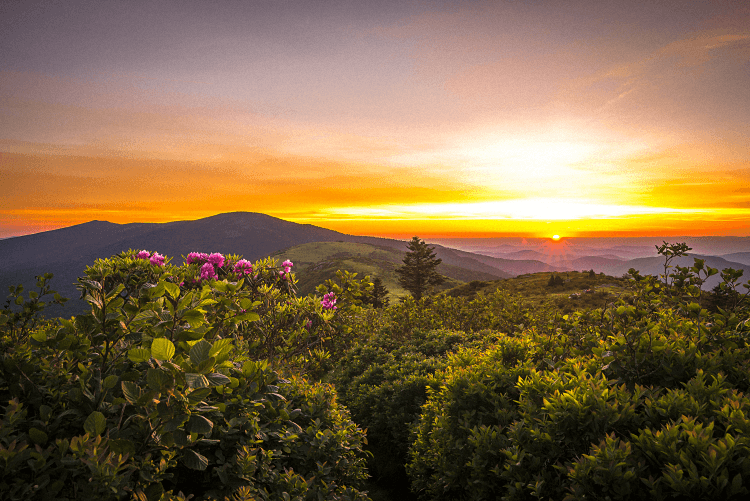
Roan Mountains is the longest path of grassy balds ever. I hiked across the trail, over the rocky terrain, and stand in awe of the views that the treeless mountaintops have bestowed. I love the rhododendrons along the way and the breathtaking sunset before we stop for the day. It sure captured the heart of the romantic me.
3. White Mountains
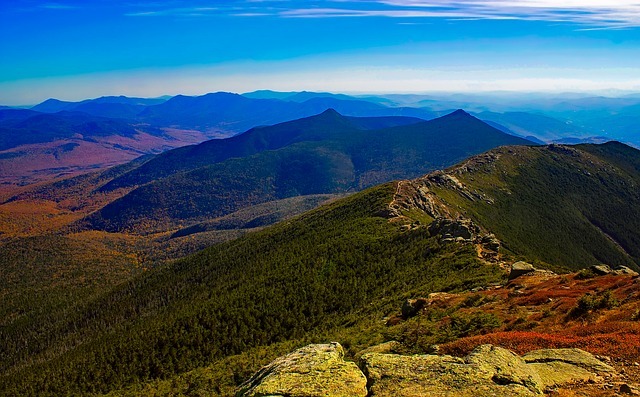
I found this trail the toughest of all that I almost gave up. What kept me going is the determination to reach the other end of the challenge. It was an autumn hike, and the weather is surprisingly chilly. The trail was narrow and steep, so I need to scramble my way out.
Honestly, I was glad to hike with my group. I was scared of the remoteness of the area. However, I have managed to gather my strength and trust my friends along the way. A wonderful experience indeed.
Registration/Permit/Passes and Fees
As you move along, there were parts of the trail that requires permit and entrance fees before we can get through. Although just a few, it’s important for a backpacker to note it down. For sure, you would need to spend a night on some of them.
Great Smoky Mountains National Park (North Carolina)
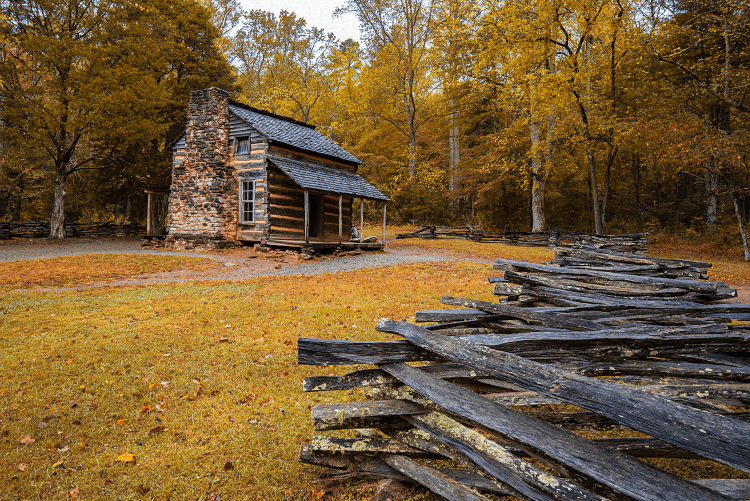
The park needs a thru-hikers permit to hit the trail and stay overnight. I paid $20 at my time, but it may change. Bring a printed copy of your permit all throughout the trip. Take note that the park only allows thru-hikers to pitch a tent.
See the details here.
Shenandoah National park (Virginia)
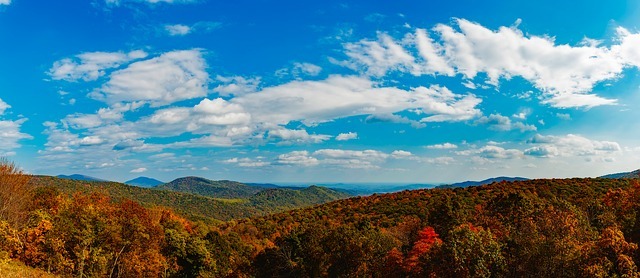
Permits here are free but are mandatory to all travelers. Thru-hikers can register at any entry points. For convenience, you can ask for the permit weeks in advance.
There are designated parts of the area where you can pitch a tent. However, when I was there, I slept overnight in one of their available huts. See the detail here.
Pennsylvania Game Commission
With the group, I managed to survive this path in the Appalachian Trail. Since we were passing through a hunting ground, I was required to wear a fluorescent orange sign on my head for safety purposes. Only thru-hikers can camp and must abide by some safety rules. See safety regulations here.
Green Mountain National Forest (Vermont)
No permit and reservations required in this area but if you want to avail on their available high-use campsites, you need to pay for it. However, other sites will let you stay free.
Baxter State Park (Maine)
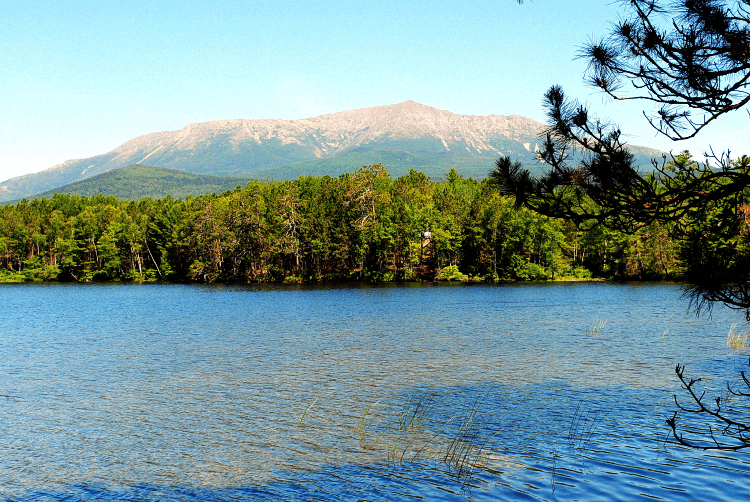
The park requires a stamped permit card at the Ranger Station for thru-hikers. Remember, although the permit is free, issuance is limited only for 3150 hikes for 2018. For more details, check here.
You need to pay for camping fee, in a first come first served basis. When full, you need to wait for a vacancy.
Appalachian Trail Dangers: How to Avoid Them?
When we think of our safety, we sometimes exaggerate. Of course, since it was my first thru-hike, I had fears before I hit the trail. Nevertheless, I have survived the epic hike with nothing but fun and memorable times to keep.
Here are some dangers that I may say reasonable enough to keep you on your toes.
Stray Bullets
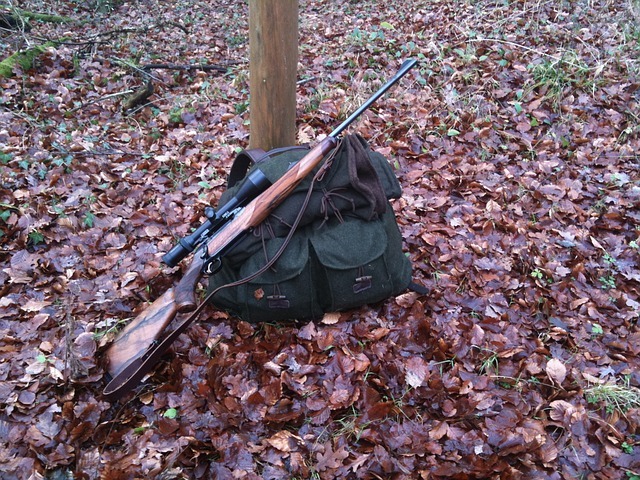
I thought about the danger of a stray bullet when we were on the trails. This is possible when you are stupid enough not to follow the safety instructions given before you go.
Snakes, spiders, bears, deer and Poison Ivy
I understand that the terrain is all about rivers, streams, forest, and mountains. Wildlife thrives in the abundance of nature. The surprise of the snakes seeing you would be one, bears that steal your food and deer ticks that can cause Lyme diseases. Therefore, I suggest you learn about all of it before you go.
Accidents Happen
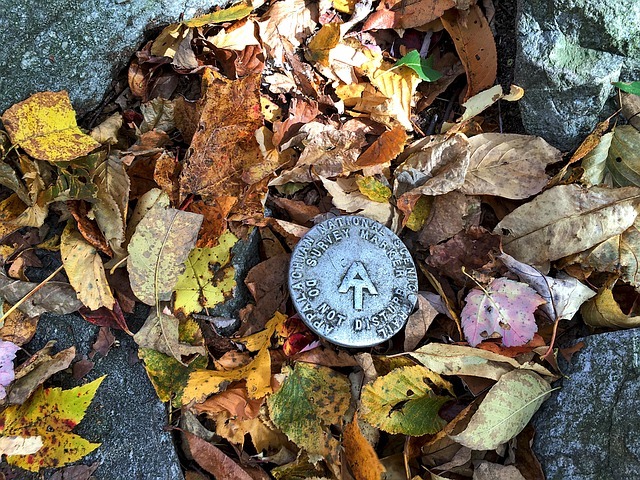
I can’t deny, this is the most terrifying of all. With the rough trail, accidents can happen. It’s one reason why I hiked with a group that I trust. It is consoling to walk with friends that I can count on and cheer me up when I am pushing my limits.
How to: Preparing for the Appalachian Trail
If you wonder what thru hiking means, a planned hike that covers an entire trail within a year. Hence, it requires long-term preparation and careful planning. Let me share to you how I planned my Appalachian Trail hiking adventure.
Navigation: What to Expect?
The AT consists of five sections geographically. To name them, is Northern and Southern New England, Mid-Atlantic, the Virginias, and the Southern Appalachians. No need to worry, there is plenty of transportation available for tourists. Airports even provide a shuttle bus for you.
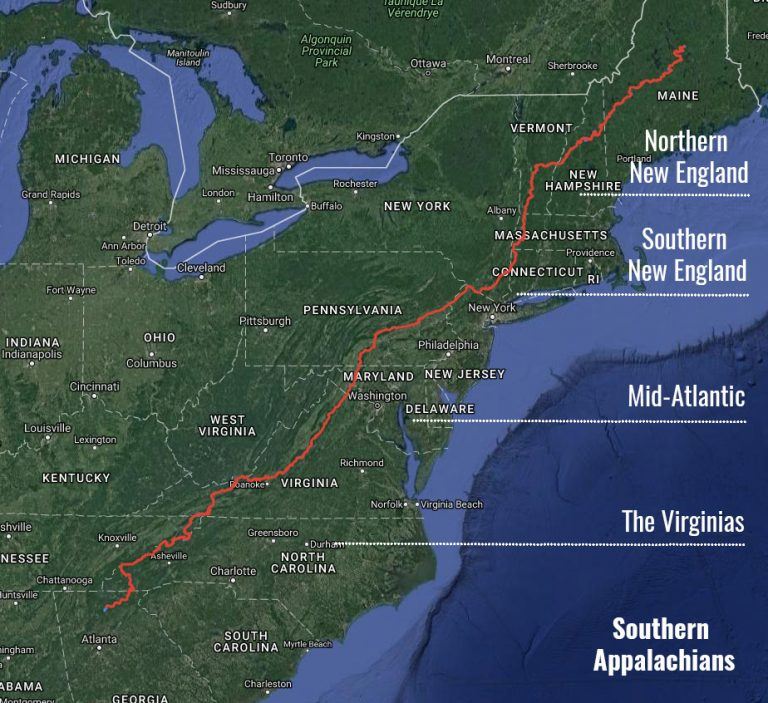
The first day of my trip, I cheerfully said, “I want to start the hike and finish it!” I knew that it would be a level up of what I have been through, but I never expected to push myself beyond my limits during the journey.
Look over the map and decide where you want to start. Make sure to bring with you a detailed map in each area you pass through. If there is service, a GPS device is a big help too. It was not a bed of roses for me, but I managed to win it!
Weather
Never forget to check the weather forecast before going to Appalachian hike. The weather could be unpredictable and the mountains treacherous. You will be hiking thru forests, trekking in rivers, climb steep rocks and hills. Expect frequent rain showers and prepare yourself on harsh temperature.
For north bounders, you can start at Springer Mountain during early spring when the climate is cool and bearable. However, hiking through AT is unpredictable. In the Smoky Mountains, for example, the temperature was freezing even during the summer days when we arrived there. It’s quite the extreme knowing that it was hot and humid in low-level areas of the trail.
I mean to reach the end (Mt. Katahdin) before the snow breaks to avoid the tricky path of snow-covered pathways. The plan was to finish the trip around six months, with the hope of seeing the autumn leaves of New England.
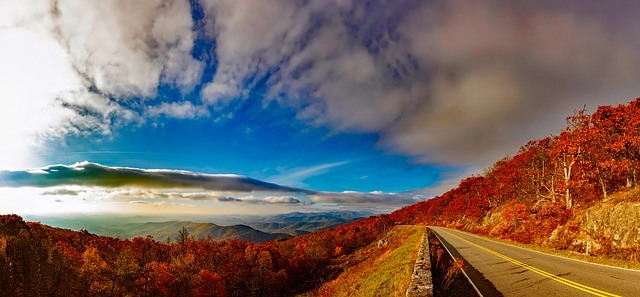
Be alert on thunderstorms, especially when you are above tree line or on the ridge. Thunderstorms can form as a surprise. However, it’s nothing compared to the typhoon I encountered on Mount Washington. Never take it lightly, bring extra layers to prevent hypothermia.
Communication
Are you thinking about cell phone service? I bet you are. I am a Facebook addict and frequently update my status every day. It’s also a way of letting my family know that I am doing fine. Fortunately, I have access to my mobile most of the time during the hike.
Some of my friends had poor service, so I guess it depends on the provider. Get a good cell phone provider since communication is critical when it comes to trips. A radio is helpful too. We had one along, in tune to the nearest ranger of the area.
I suggest you bring an extra battery as a spare before you can reach the next town. I charge my phone each time we go to the nearest town to buy supplies. My cell phone is a great help during the hike. It serves as my:
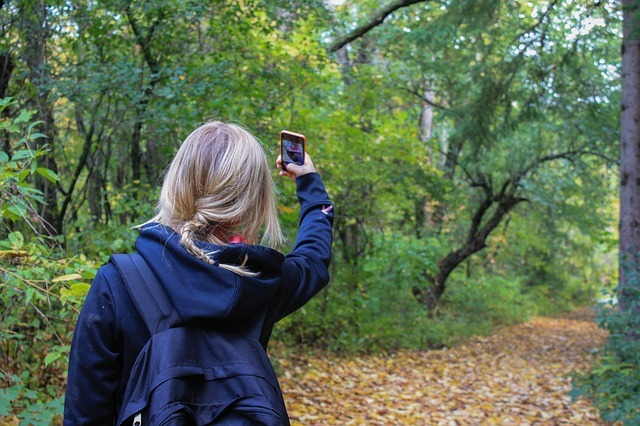
Average Miles/Day
The speed varies with each group. For mine, we started with an average of 9 miles per day. It was like a warm-up for me, doing the hike gradually. Eventually, we managed to walk into 14 miles a day at the middle of the trail and a speed of about 23 miles/day until we reached the end. I know you have a target plan and goals, but it will not harm to take it slowly at the start, enough to adjust on the change.
Some Helpful Tips:
Here are some important tips that are useful for an Appalachian Trail thru hiking. These back-ups can make your hike a lot easier and safer.
Make a trail Itinerary ahead of time.

During the planning, you already have an estimate the length of time and the trail map for the trip. It would be best to do some research ahead and mark the spots where you can take a stop and relax. Stay near the town where access to supplies is available.
Map your route and stick to it. An organized trail plan can save time, effort and less stressful.
You must have a backup friend or family at home.
I always inform a family or a friend each time I hit a trail. They are a huge help when I find myself in trouble. They will be on alert if I don’t show up back home on time. Besides, you need them to take care of your home when you are away and send the supplies you need for the 6 months journey.
Identify useful contacts.
I don’t have contacts except for my backpacker family during the trek, so I did it the hard way. Other hikers I observed got contacts or friends near the places. It was easy for them to go find the right store, tourist spots, and the cheapest price. It was actually a bonus to be able to see the whole town and meet friends when off the trail.
If you have one, it will be double the fun!
Hiking Guide
I did not know that I could get a hiking guide for the trail. You can hire one that has plenty of experience of hiking the trail. Usually, they are well trained on first aid and have been to the trail a lot of times that they already know the way in and out.
I don’t know if there is someone who is an expert covering the whole length of the trail, but in some areas, you can find one. It is an additional expense of course since we need to pay the guide, but for safety purposes, the group I am with hired one, and we divided the cost amongst us. It was a wise decision indeed since the trail was not that safe and visible during snowy days.
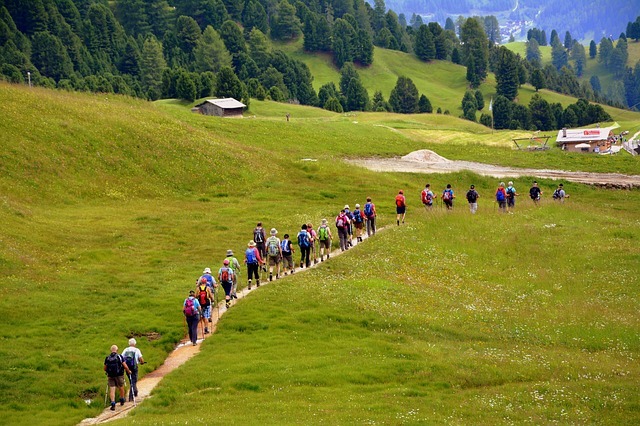
- Appalachian Trail Water
There is plenty of water source at the Appalachian Trail, but I doubt its purity. Although I saw some hikers drinking spring water near our campsite, I still opt to drink water that I know was safe. Besides, my tummy is sensitive, and I cannot afford to get sick. I know that Appalachian waters are abundant in parasites that cause illness like diarrhea.
Hence, to be sure, when I run out of water filters, I boil water for me to drink. Some brought with them portable water purifiers (it’s too much for me), but I did try the tablet type of treating water.
Recommended articles
Budget: Cost to Hike the Appalachian Trail (How to stretch the limit)
There will never be a trip without financial support. It took me two years to save for this trip and a six-month vacation from my job. My savings covered the expenses not only for the travel but also after.
The savings covered the shelter, food, transportation, gears, and emergencies. The budget will adjust on how you like the trip would be. I was frugal in my 6-months epic journey, living on the least means to survive.
1. The Right Gears to Bring
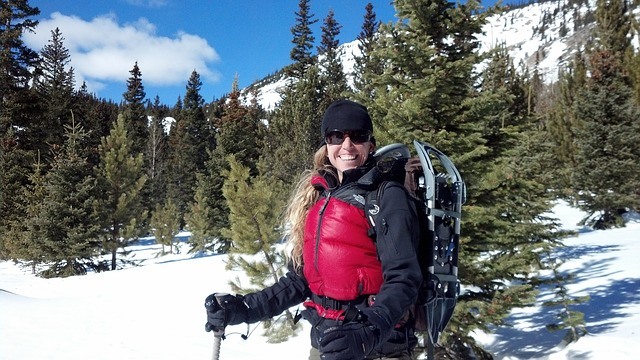
Although tempting, I don’t buy expensive gears for my backpacking. I carefully choose the products that are reasonable in price but is durable to last long and is comfortable for me to use. For my Appalachian Trail thru hike, I only brought the gears that I need. I wanted to go light but prepared and equipped at the same time.
Appropriate Clothing for an Appalachian Journey
I am sure that you already know what to bring considering that, I have mentioned the possible weather conditions that you are going to face. I suggest bringing what is necessary only and keep it minimal. Anything that is of luxury will drag you down, and most likely be sent back home after a week or two.
Would you like some tips?
- A big NO to cotton. Cotton does not retain heat and protect you from cold. It also absorbs moisture that could make you smell awful after a long hike.
- Choose synthetic and wool materials. Down jackets are recommendable, if only from trusted manufacturers.
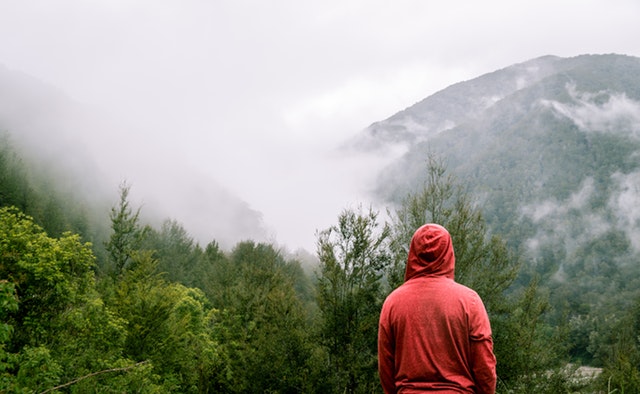
Here are what you need: (2-3 pairs the most)
For the rainy days:
- To protect you from rain, you need rain poncho, pants, and an umbrella.
Footwear:
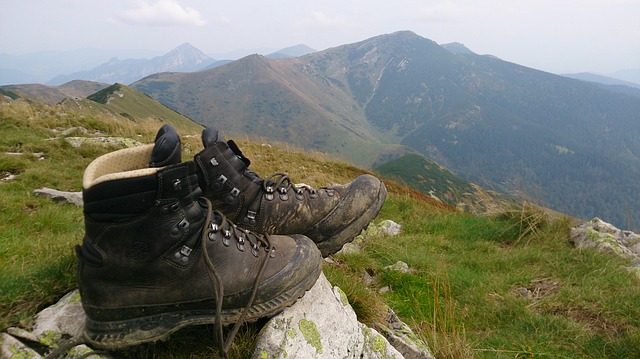
- Use the ideal footwear that can withstand cruel terrain and at the same time give you comfort while hiking. Pick the hiking shoe that is not only lightweight and soft in the inside, but is also capable of protecting your feet from the harsh weather too. Using insoles is a great support for your feet too.
Your feet brings you to the finishing line, so take good care of it. I brought my boots with me but also packed an extra pair of sandals. Just so, I need to choose the footwear depending on how rugged the terrain would be or how harsh the weather has become. Fellow backpackers are happy with running shoes too.
2. Gears/Equipment:
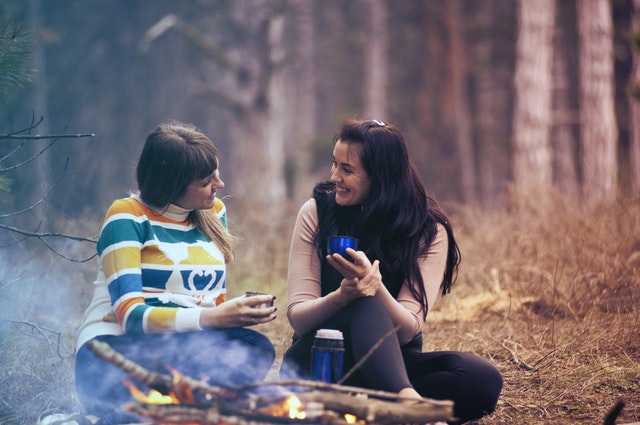
It is vital to bring the tools that you need for eating. Stick to basics, and equip yourself with the following:
3. Shelters
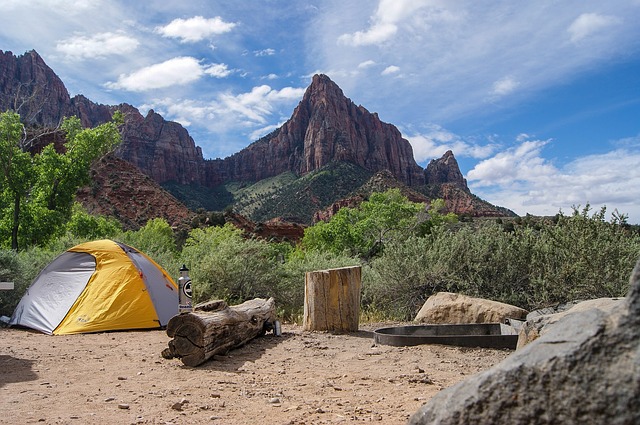
Shelters are critical to protecting you from nature’s harmful elements. I brought with me my hammock since I believe it is easy to set up and needs lesser space. However, there are parts of the trail that offers a comfortable and convenient campsite.
4. Personal
For safety and convenience, I added to the list my personal belongings:
- Cell phone (importance I have mentioned earlier)
- Headlamps/flashlight: lightweight, at least 70 lumens or more in case you decide to move on even at night
- Hiking poles and knee braces: Although you can opt not to bring, I was utterly envious of hikers who have one especially during those tough downhills.
5. Level of Comfort
My budget depends on how much comfort I am willing to give up, or I am desperate to take. The trail offers campsites that makes my night a bit warm and comfortable; we can arrange transport at some point of the trail if I choose to ride and several people are willing to do errands to town to cut my time and effort.
However, all of those options are possible with some extra payment of course. I denied all of it just so to make my ends meet. I joined the others wait for vacancy so we can camp in the park, did the shopping to the town by myself (it was fun and cheap), and I hiked the full length of the trail.
6. On/Off Trail Expenses
Reality check, I was not receiving any compensation during my long hike. I was not even sure if I can get my job back. That meant I needed to pay for all the expenses off the trail. Re, my bills at home, insurance, and more.
Living a frugal life on the trail was hard, but was good enough for my financial status. It certainly was much cheaper than I live in the city. However, I can’t resist pampering myself when in town. I tend to eat food that I crave, a little drink here and there, and spend a night at the nearest decent hotel.
It was a bit tempting to overindulge myself, I went off my planned budget for some days, but I thought I really need a break. Therefore, watch out for this type of situation and constantly remind yourself to resist.
7. Emergency Fund
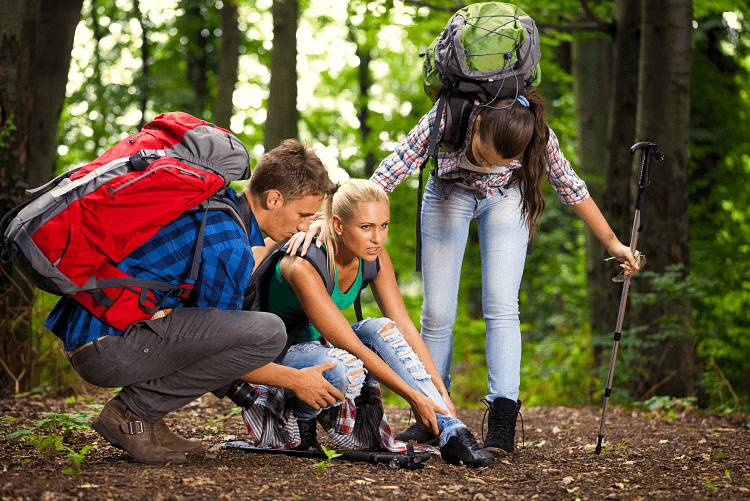
This fund will cover expenses that were not on the plan. I have thought of the possibilities of me getting hurt and needs medical attention. I may also need extra clothes and requests for resupply or another unexpected event that needs money. You define the amount you need to keep, but never spend it until you are safely back home.
8. Logistics
Keep in mind that you need extra bucks for your transportation and shipping. On top of my plane tickets, I spent cash on shipping costs (a few boxes of supplies from home); fuel for the transport back and forth the neighboring towns, and bike rentals. A town offers bike rentals for easy navigation.
Sometimes I forget to track down some of these expenses, but I tell you, bottom-line, it adds up. Never end up like, “Where did my money go?”
9. Food

It was funny. I thought I could cut more of my budget on food. I plan to eat crackers, ramen, and fruits all throughout the journey. I was on a diet anyway.
Stupid me, I miss the point of eating food that can sustain the physical activity I am facing every single day. I went off the budget margin just because I need to eat more calorie- packed food for my meals. Moreover, restaurants around town serve delicious meals that a starving hiker can never resist.
Budget reasonably for food. Six months off the grid surprisingly call for a big expense. However, no regrets, all I have is my health!
Budget Strategies to Help You Out
I should have learned these strategies beforehand, and then I could maybe save a bit more from my budget. The tips that I am sharing with you are practical and works.
Bring a journal and record every detailed expense daily.
Compare it to your forecasted expense to keep you on track. There should be a difference somehow, (I salute you if the actual is lower) but it must not be off the border. However, what is important is you are completely conscious of your expenses on the trail.
You can also use a journal for your detailed adventure record. I had one during my trip, with all the date, place, and activities all in place. I also wrote down the memorable experience on the trip.
Be wise in buying.

Gears are costly. Start to look for price mark-offs, visit garage sales, and thrift stores. Buying all your gears one time will hurt your pocket. Look for opportunities and buy each one at a time.
Hiker boxes
It warmed my heart to find out that there are hiker boxes in certain areas in town. I can literally get some provision (mostly food) out of those donations. I took advantage of that privilege. I donated in return later on to show my gratitude.
Take note: Do not take all the food inside the hiker boxes. Be considerate and leave some for other hikers.
Buy your meals from a grocery store than in restaurants.
Restaurant food is expensive compared to supermarkets. I avoid buying stuff from the gas stations and small outlets too.
Don’t stay too long in the town
The longer you stay, the more chance you’ll spend more. Stick to your schedule and go back on the trail.
Learn to adjust within your budget.
Training for the Appalachian Trail: Mind and Body
I have spent a year training myself for this Appalachian Trail adventure. Some say they only took months to train before hitting the trail, but not for me. Training myself does not mean focusing on my physical aspects but the conditioning of my mind as well.
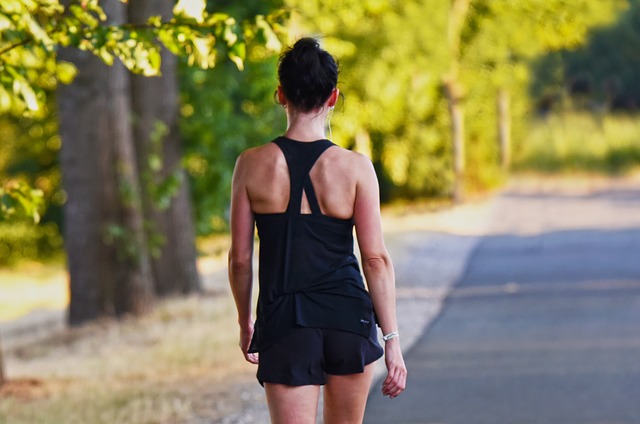
Physical Training
Hitting the Appalachian Trail is not a joke. Any hiker must be in good physical condition, experienced several long hikes and ready. I am a backpacker long before I decided to accept the Appalachian challenge.
I jog every morning and bike when I have time. During the weekends, I go for a short hiking trip with my friends. I join the backpacker group for a long trip once a month and still find time to hit the gym on weekdays after office hours.
If I have to survive and finish the trail, I need to prepare myself to face the challenges. Of course, I made it! Therefore, start preparing yourself. I suggest doing some uphill hiking exercises to gain strong limber.
Conditioning the Mind

You’ll know that I was dead serious to win my way on this trip. I took some workshops and hiking classes before the journey. It helped a lot.
Some topics where training of camping skills for survival (like hot to make fire) and first aid training. The medical workshop only taught basic first aid, but the knowledge itself is good enough to survive and help a friend.
Talking about budget, I have conditioned my mind to start leading a frugal life. I familiarized myself by trying to become a minimalist and discipline to spend only what is necessary.
Conclusion:
I plan to go back to Appalachian Trail but only to certain favorite spots. I am not that scared anymore compared back then. It is not intense like my first Appalachian Trail thru Hike planning, but I know it will work well.
It would be easy to finish the long Appalachian Trail as long as you are well prepared, in good condition, and is committed to succeeding. Lastly, it is important to know how to adjust to your own budget since only you know your limit. To all hikers aspiring to hit the trail, I hope you can make use of the experience I have shared.
Have fun and be safe!


